Actions & Issues
Wildlife Program
For decades the Idaho Conservation League has worked to protect Idaho’s unique wildlife and the diverse habitats they need to survive. In 2022, ICL refocused this effort through the establishment of a new Wildlife Program focused on Idaho’s nongame wildlife species.
After all, only 3% of Idaho’s wildlife species are hunted, fished, or trapped, yet this small percentage of wildlife receives 97% of all wildlife funding. In order to address this imbalance, we will raise public awareness and support for the protection of all species, we will build a constituency of wildlife lovers, and we will work to find solutions to ensure that future generations of Idahoans can enjoy the wildlife heritage they deserve.
Photos courtesy of Ed Cannady Photography
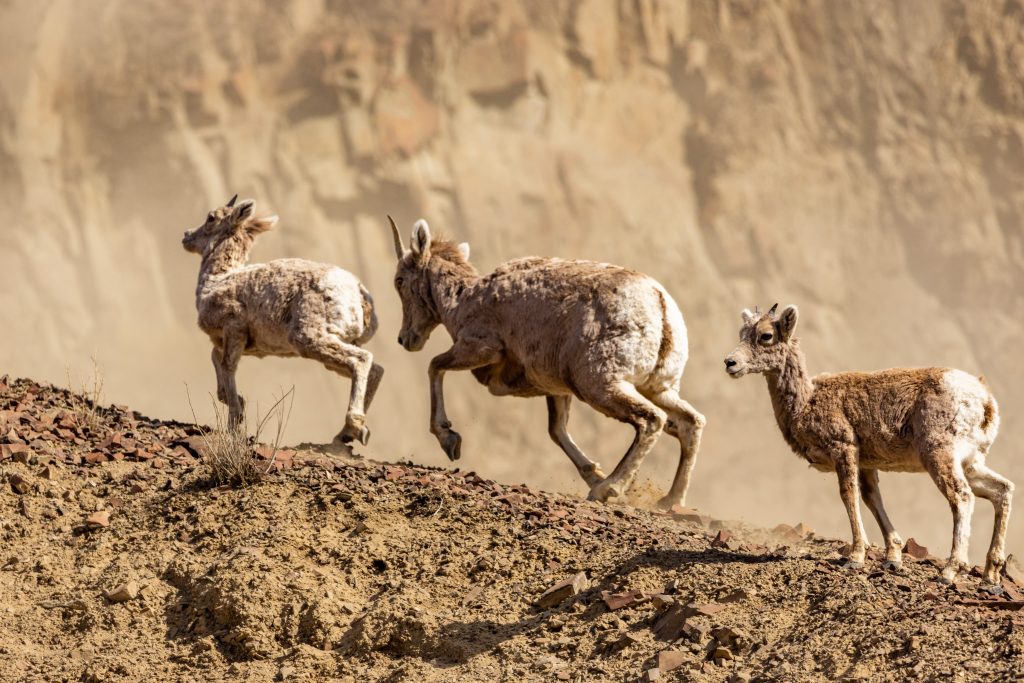
Over the decades, science has taught us much about ecosystem health and biodiversity. We now know about the deteriorating status of wildlife species and the causes of this problem – declining conditions of essential habitat and effects of climate change. Idaho’s plant and animal kingdoms now need landscape-level thinking that addresses the scale of this crisis. This is accomplished when we prioritize restoration and resiliency of wildlife diversity and habitats they need to thrive.
The full suite of wildlife must be represented in conservation efforts, and we must prioritize these efforts in the face of rapid ecological change. There has never been a funding source for conservation of the 98% of North American species that are native, nongame wildlife. That risks alienating a large majority of the population that doesn’t hunt or fish and jeopardizes Idaho’s role to act as a wildlife trustee for all residents. All Idahoans are beneficiaries of this trust. The entire conservation community in Idaho must be involved in discussions of how best to manage our native wildlife and address the large-scale threats they face.
Biodiversity Crisis
Idaho’s State Wildlife Action Plan to manage at-risk species has identified almost 270 birds, mammals, reptiles, fish, invertebrates and plants that need attention. Nineteen species appear on the Endangered Species List and eight more are candidates. Alarming declines in biodiversity of nearly 70% have been chronicled in great detail. Massive reductions in bird and insect species have also captured global attention. The urgent conservation challenge we face is understanding how to stop these declines and securing conditions that allow the ecological role of each species on the landscape to be fulfilled.
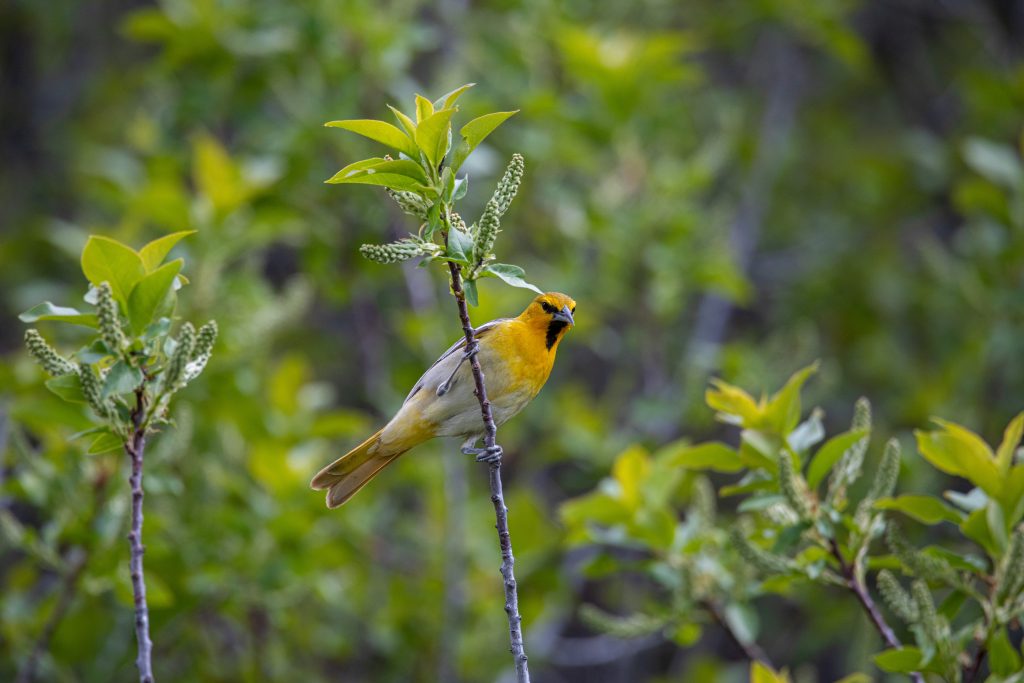
Habitat Loss
Idaho is experiencing record increases in recreational use on public lands, sprawl and resource development on private and public lands, and greater demands on water resources and highways. All of this leads to historic levels of habitat loss and fragmentation. Combined with the dramatic impacts of climate change, which include more frequent and extreme wildfires, Idaho’s wildlife is finding it harder to thrive.
Quality habitat is essential for Idaho’s wildlife species to be resilient against the threats they face. More than 50% of wetlands in the U.S. have been destroyed in the last 200 years and tracts of native vegetation are continuing to shrink at unsustainable rates due to development, climate change, and a proliferation of invasive plants. Idaho must do more to maintain habitat for resident populations of wildlife and provide protections for migration corridors that allow for genetic exchange and seasonal connectivity from summer and winter ranges.
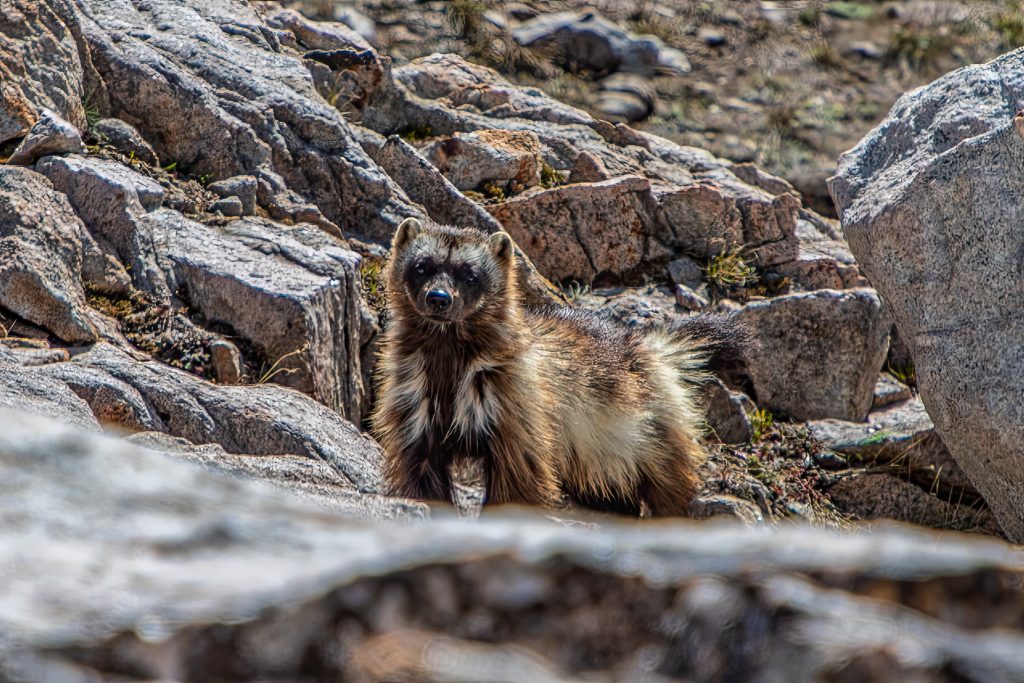
Wildlife Management
Currently, wildlife management in Idaho is disproportionately focused on game species and resources are insufficient for nongame and native wildlife – many of which have been eliminated from areas or now exist in small numbers. These rare or elusive species, such as wolverines, grizzly bear, lynx, wolves, bison, woodland caribou, sage grouse, and even wildlife like monarch butterflies, were once very common. Now, they need our help. Wildlife management must be responsive to the times and the warning signs that scientists are describing to the conservation community at large. Idahoans need wildlife custodians that make decisions based on high-quality science and not political meddling. We need to have holistic management policies in place that restore and protect the full breadth of Idaho’s wildlife, while addressing long-term threats to imperiled and other native species.
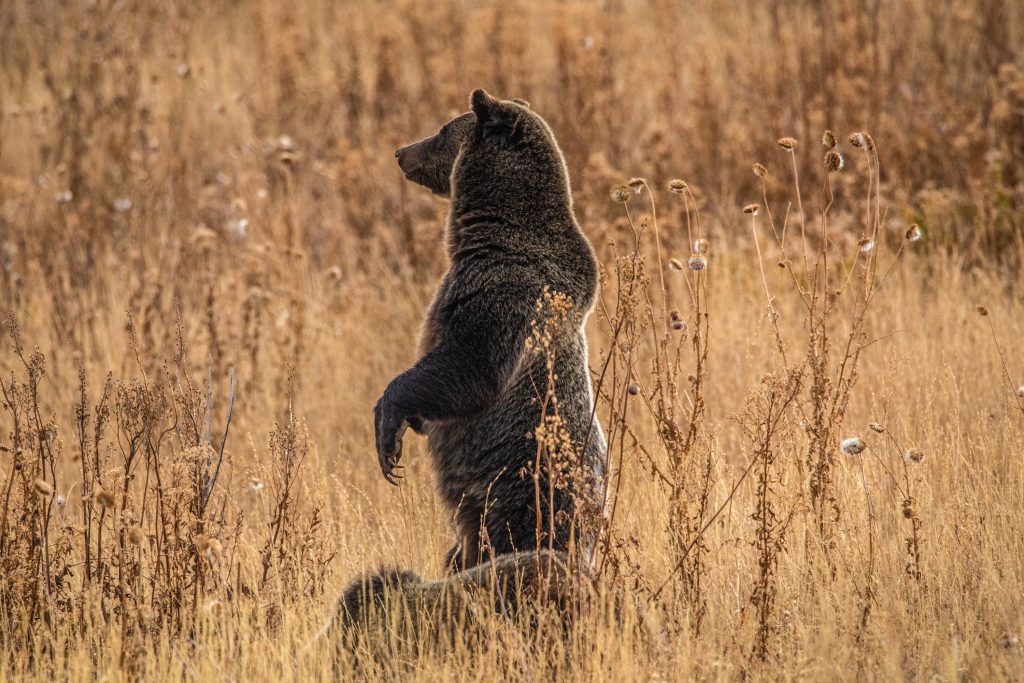
Nongame Wildlife Funding
We must work to elevate funding priorities for management of imperiled, at-risk and declining populations of nongame animals. Roughly 2% of species in Idaho are pursued by sportsmen. Yet, 97% of IDFG’s budget goes to managing those species – such as deer and elk. Due to this system of “user-based” funding sources like hunting licenses, IDFG’s wildlife diversity program for nongame species currently receives a tiny fraction of their annual budget. Conservationists of all shapes and sizes must come together to address this inequity, because assuring healthy conditions for nongame wildlife benefits all species on the landscape.
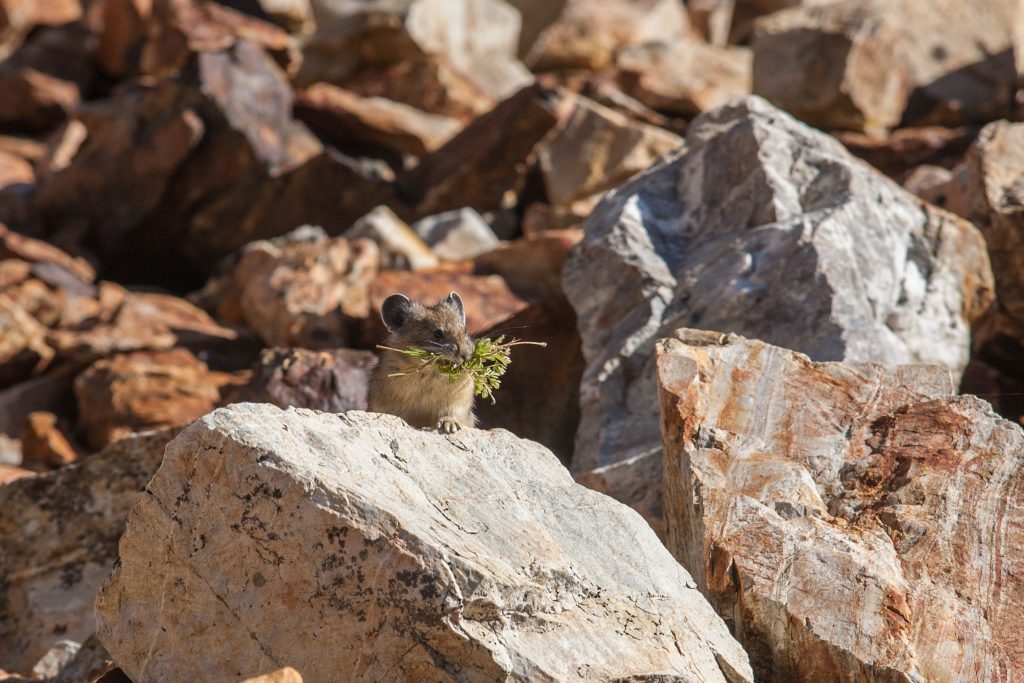
Sign up for Wildlife Program Updates!
Our bi-monthly email update provides the latest on Idaho’s wildlife, along with opportunities to engage.
